embedded machine learning research engineer - georgist - urbanist - environmentalist
- 114 Posts
- 216 Comments

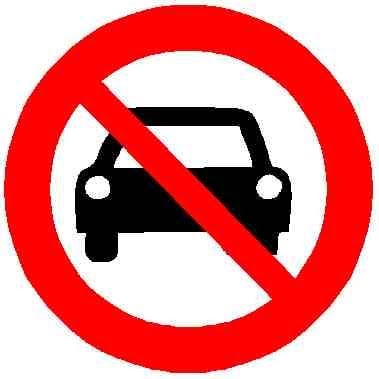 9·3 months ago
9·3 months agoThe problem is tons of free parking everywhere needlessly sprawls out our cities, makes people drive further, and makes actual green methods of transit (like walking, cycling, and electrified public transit) less viable.
In the long term, maintaining car dependency is fundamentally incompatible with addressing the climate crisis. Removing mandatory parking minimums is a necessary step towards ending car dependency.

Silvopasture is an ancient practice that integrates trees and pasture into a single system for raising livestock. Pastures with trees sequester five to 10 times as much carbon as those of the same size that are treeless while maintaining or increasing productivity and providing a suite of additional benefits. Livestock continue to emit the greenhouse gases methane and nitrous oxide, but these are more than offset by carbon sequestration, at least until soil carbon saturation is achieved.
Silvopasture also offer financial benefits for farmers and ranchers. Livestock, trees, and other forest products, such as nuts, fruit, and mushrooms, generate income on different time horizons. And help protect farmers from risk. The health and productivity of both animals and the land improve.
https://drawdown.org/solutions/silvopasture
Trees in silvopasture systems provide livestock with protection from sun and wind, which can increase animal comfort and improve production. Trees can provide shade in the summer and windbreaks in the winter, allowing livestock to moderate their own temperature. Heat stress in livestock has been associated with decreased feed intake, increased water intake, and negative effects on production, reproductive health, milk yields, fitness, and longevity.[4][5]
Certain tree types can also serve as fodder for livestock. Trees may produce fruit or nuts that can be eaten by livestock while still on the tree or after they have fallen. The leaves of trees may serve as forage as well, and silvopasture managers can utilize trees as forage by felling the tree so that it can be eaten by livestock, or by using coppicing or pollarding to encourage leaf growth where it is accessible to livestock.[1]
Well-managed silvopasture systems can produce as much forage as open-pasture systems under favorable circumstances. Silvopasture systems have also been observed to produce forage of higher nutritive quality than non-silvopasture forage under certain conditions. Increased forage availability has been observed in silvopasture systems compared to open-pasture systems under drought conditions, where the combination of shade from trees and water uptake from tree roots may reduce drought impacts.[1]

 131·4 months ago
131·4 months agoExactly. I’m just trying to reframe dumb NIMBY policies like restrictive zoning and mandatory parking minimums as anti-freedom so as to try to get conservative NIMBYs to maybe be just a little less NIMBY.
Absolutely no one is seriously arguing we allow PFAS chemical plants next to kindergartens or that we remove all building safety codes. Just that restrictive zoning (and other NIMBY land use policies) is stupid, harmful, and we should get rid of it.

 12·4 months ago
12·4 months agoThe right to a bicycle shall not be infringed

 4·4 months ago
4·4 months agojust a frame, a chain,
two wheels, and grease

 10·4 months ago
10·4 months agoKinda tempts me to photoshop a RAM PRIDE or FORD PRIDE ad for pride month

 79·4 months ago
79·4 months agoExcellent point, brother. Always choose AMERICAN MUSCLE over COMMIE OIL.

 9·4 months ago
9·4 months agoThe raison d’être for RISC-V is domain-specific architecture. Currently, computational demands are growing exponentially (especially with AI), but Moore’s Law is ending, which means we can no longer meet our computational demands by scaling single-core speed on general-purpose CPUs. Instead, we are needing to create custom architectures for handling particular computational loads to eke out more performance. Things like NPUs, TPUs, etc.
The trouble is designing and producing these domain-specific architectures is expensive af, especially given the closed-source nature of computer hardware at the moment. And all that time, effort, and money just to produce a niche chip used for a niche application? The economics don’t economic.
But with an open ISA like RISC-V, it’s both possible and legal to do things like create an open-source chip design and put it on GitHub. In fact, several of those exist already. This significantly lowers the costs of designing domain-specific architectures, as you can now just fork an existing chip and make some domain-specific modifications/additions. A great example of this is PERCIVAL: Open-Source Posit RISC-V Core with Quire Capability. You could clone their repo and spin up their custom RISC-V posit chip on an FPGA today if you wanted to.

 111·5 months ago
111·5 months agoYeah, this is the one piece a lot of people miss: in any decently competitive market, individual firms have effectively zero power to set prices; they must instead accept the prices determined by the market.
Knowing that, the solution to that sort of corporate BS, then, is to ensure markets are competitive by busting monopolies, lowering barriers to entry, and getting money out of politics to reduce the effect of lobbying.

 6·5 months ago
6·5 months agoThat’s actually the neat thing about land value taxes; both in economic theory and observed practice, they can’t be passed on to tenants.
It would absolutely be a boon for the poor if we replaced other forms of taxation (such as on sales and income) with land value taxes. Plus, land value taxes tend to make housing cheaper, which helps the poor as well.

 121·5 months ago
121·5 months agoExactly. People love to treat it as “a war on cars/lawns/etc.”, but it’s really a war on everybody who doesn’t want to be legally mandated to have those. All we’re asking for is to end the legal mandates (zoning, parking minimums, setback requirements, etc.) and for those who wish to partake in those wasteful luxuries to pay their true price without public subsidy.

 13·5 months ago
13·5 months agoTbh, my favorite kind of gardening is the kind that thrives on neglect. I love making ecosystems that thrive on their own, without my constant input. There’s just something beautiful about seeing life thrive on its own.

 3·6 months ago
3·6 months agoNon-paywall link: https://archive.is/psmPE

 34·7 months ago
34·7 months agoIf they help to get people out of cars (including electric cars), I see them as a win. Orders of magnitude less impactful than cars.

 14·7 months ago
14·7 months agoThe YIMBY movement (short for “yes in my back yard”) is a pro-Infrastructure development movement mostly focusing on public housing policy, real estate development, public transportation, and pedestrian safety in transportation planning, in contrast and in opposition to the NIMBY (“not in my back yard”) movement that generally opposes most forms of urban development in order to maintain the status quo.[1][2][3] The YIMBY position supports increasing the supply of housing within cities where housing costs have escalated to unaffordable levels.[4] They have also supported infrastructure development project like improving housing development[5] (especially for affordable housing[6] or trailer parks[7]), high-speed rail lines,[8][3]homeless shelters,[9] day cares,[10] schools, universities and colleges,[11][12] bike lanes, and transportation planning that promotes pedestrian safety infrastructure.[2]
YIMBYs often seek rezoning that would allow denser housing to be produced or the repurposing of obsolete buildings, such as shopping malls, into housing.[13][14][15] Some YIMBYs have also supported public-interest projects like clean energy or alternative transport.[16][17][18][19]
The YIMBY movement has supporters across the political spectrum, including left-leaning adherents who believe housing production is a social justice issue, free-market libertarian proponents who think the supply of housing should not be regulated by the government, and environmentalists who believe land use reform will slow down exurban development into natural areas.[20] YIMBYs argue cities can be made increasingly affordable and accessible by building more infill housing,[21][22][23]: 1 and that greenhouse gas emissions will be reduced by denser cities.[24]
A land value tax (LVT) is a levy on the value of land without regard to buildings, personal property and other improvements upon it.[1] It is also known as a location value tax, a point valuation tax, a site valuation tax, split rate tax, or a site-value rating.
Some economists favor LVT, arguing they do not cause economic inefficiency, and help reduce economic inequality.[2] A land value tax is a progressive tax, in that the tax burden falls on land owners, because land ownership is correlated with wealth and income.[3][4] The land value tax has been referred to as “the perfect tax” and the economic efficiency of a land value tax has been accepted since the eighteenth century.[1][5][6] Economists since Adam Smith and David Ricardo have advocated this tax because it does not hurt economic activity, and encourages development without subsidies.
LVT is arguably an ecotax because it discourages the waste of prime locations, which are a finite resource.[21][22][23] Many urban planners claim that LVT is an effective method to promote transit-oriented development.[24][25]

 231·7 months ago
231·7 months agoParking minimums are legal requirements on the minimum number of parking spaces businesses and housing are allowed to have. The thing is these laws were developed using shoddy pseudoscience, are extremely arbitrary, and developed with maximum (rather than typical) usage in mind, meaning many developments have oversized parking lots, wasting valuable land. Further, old buildings that predate the parking minimums (and thus don’t have legally sufficient parking) can’t renovate or change usage without being legally required to build new parking, often by buying up a neighboring building and demolishing it to build a parking lot. This exact thing is why so many dense American and Canadian downtowns got bulldozed and turned into parking lots, like in the images below:
Atlanta
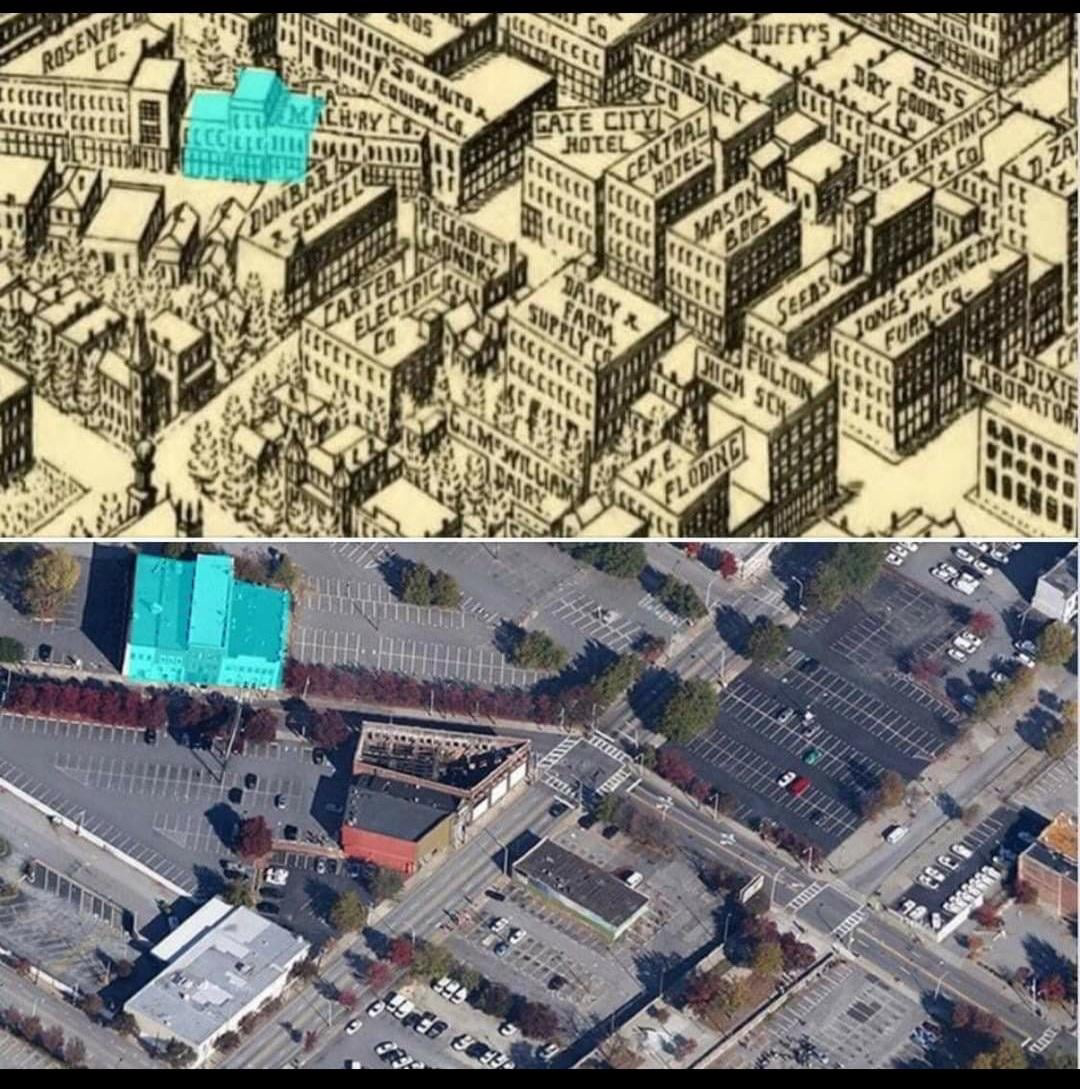
Tulsa

Kansas City

For more in-depth information on the insanity and idiocy that are parking minimums, see this video: https://youtu.be/OUNXFHpUhu8?si=KQbU00UPKw5GeNhQ

 13·7 months ago
13·7 months agoIn fact, if you only truly need a car a handful of times per year, it’s vastly cheaper and less hassle to just rent it

 21·7 months ago
21·7 months agoI agree that they’re already statistically safer in limited conditions; the key part is when/if they will surpass in a wide range of conditions, including heavy snow or the disorganized and often unmarked roads of developing countries, for instance. For what it’s worth, however, I do think the tech will eventually get there.
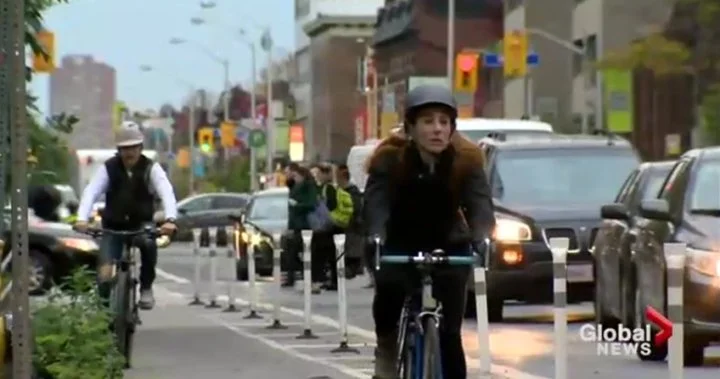

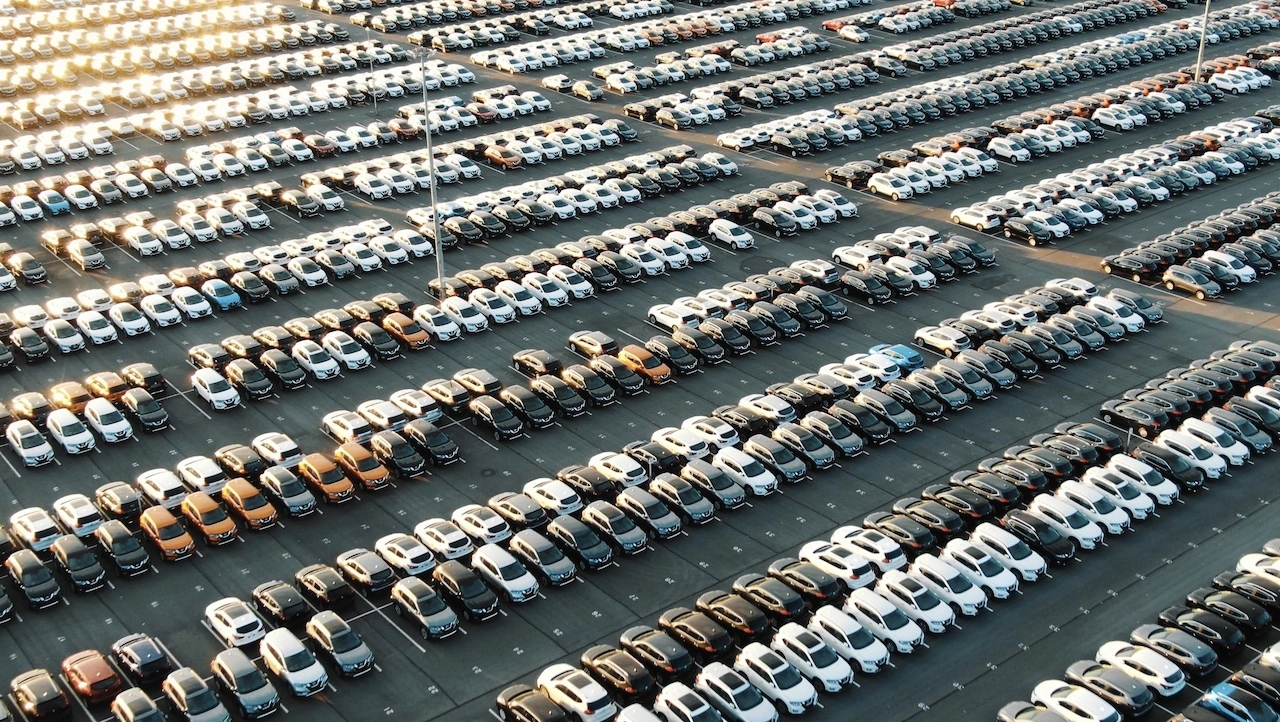



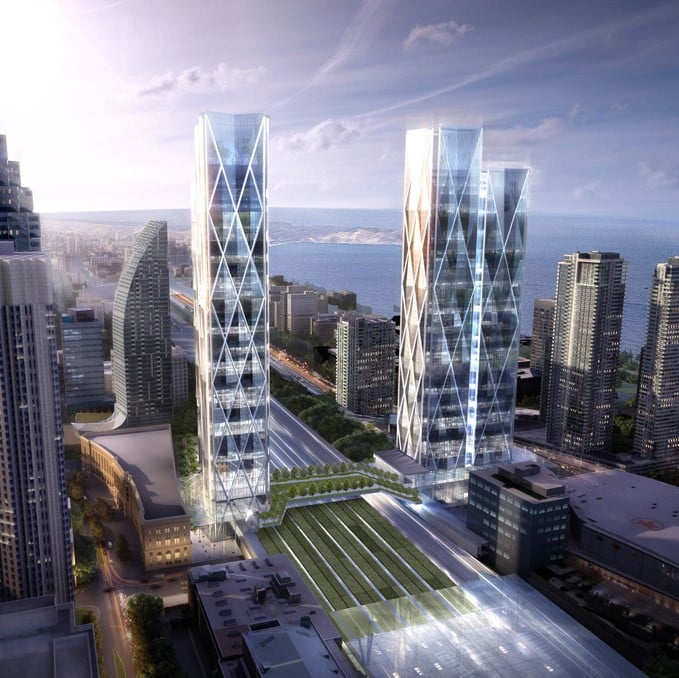
Some squatter who bought the rights to it for two twigs and a raspberry back when they were first selling off name rights 200,000 years ago